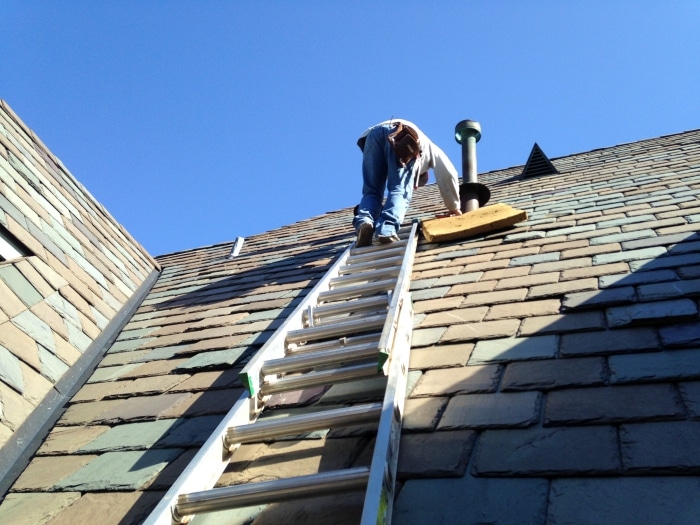Asphalt shingles can blister as a result of trapped moisture in the shingles. In some cases, moisture can get trapped within the shingles during the manufacturing process. When the sun heats the shingle, the trapped moisture will rise to the surface, causing the tell-tale blistering.
Blistering can also happen as a result of poor ventilation. When there’s inadequate ventilation in the attic or on the roof, the environment will become too hot for the shingles. This will eventually cause blisters to appear on the shingles.
Both situations are serious roofing concerns and have the same result: the shingles will start to lose their effectiveness and will have a shorter operating life span.
Blisters Are Bad
When the shingles blister, they can loosen the protective roofing granules which play an important role in waterproofing the roof. Roofs that lose their granules are also more susceptible to harsh sunlight, which further aggravates the weathering process.
Addressing the Problem
Unfortunately, when the roof shingles start to blister, you will eventually have to replace them as they may have already compromised the structural integrity of the roof. That said, you can avoid blistering in the first place by ensuring your roof and attic have proper ventilation.
It’s also important to work with a roofing company that can offer you high-quality asphalt shingles to avoid moisture issues during the manufacturing process. At Roofing Solutions, we offer a wide selection of high-quality asphalt shingles.
Blistering shingles are a common problem with asphalt shingles. There are two main reasons that asphalt shingles blister.
- Trapped Moisture in the Shingles
Sometimes during the manufacturing process moisture can get trapped within the shingle itself. If the shingles on a roof have trapped moisture, they are highly likely to start blistering. Why? Because as the sun heats up the shingles the trapped moisture heats up as well and can cause blisters to rise up on the shingle.
- Poorly Ventilated Roofs
Roofs that do not have an adequate ventilation system in place can get too hot for shingles. If a roof that is poorly ventilated gets too hot, the shingles can blister because of the intense heat.
Anyone can call themselves a roofer in Texas and not be required to be knowledgeable, insured, licensed, or even registered with the state.
Roofing is a highly skilled trade and the roof is structurally the most important component protecting the contents and integrity of the home or your business.
Texas residents, our friends and neighbors deserve a higher standard.
Call or recommend Roofing Solutions
RoofPro@roofingsolutions.net
800-505-4858

